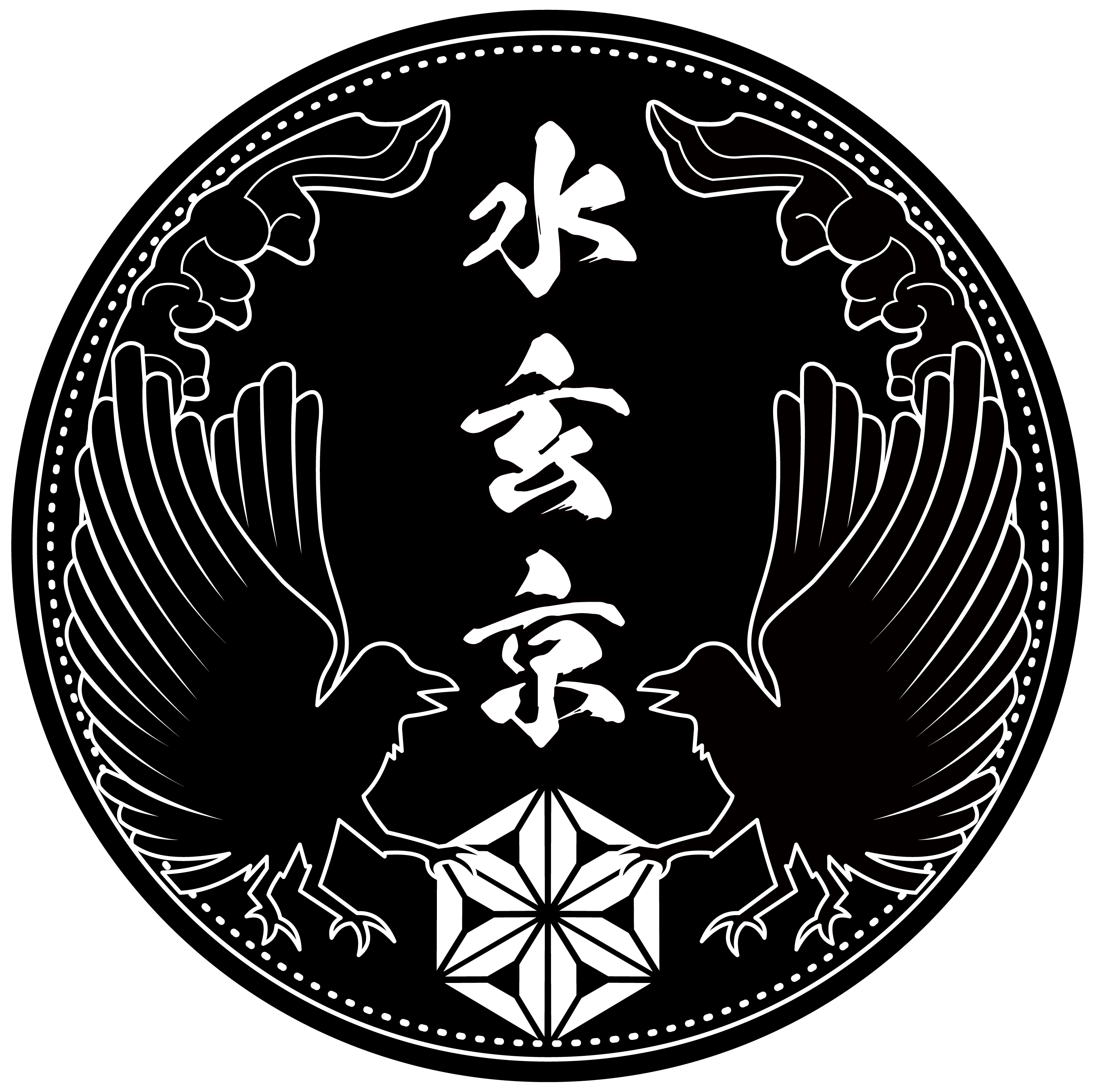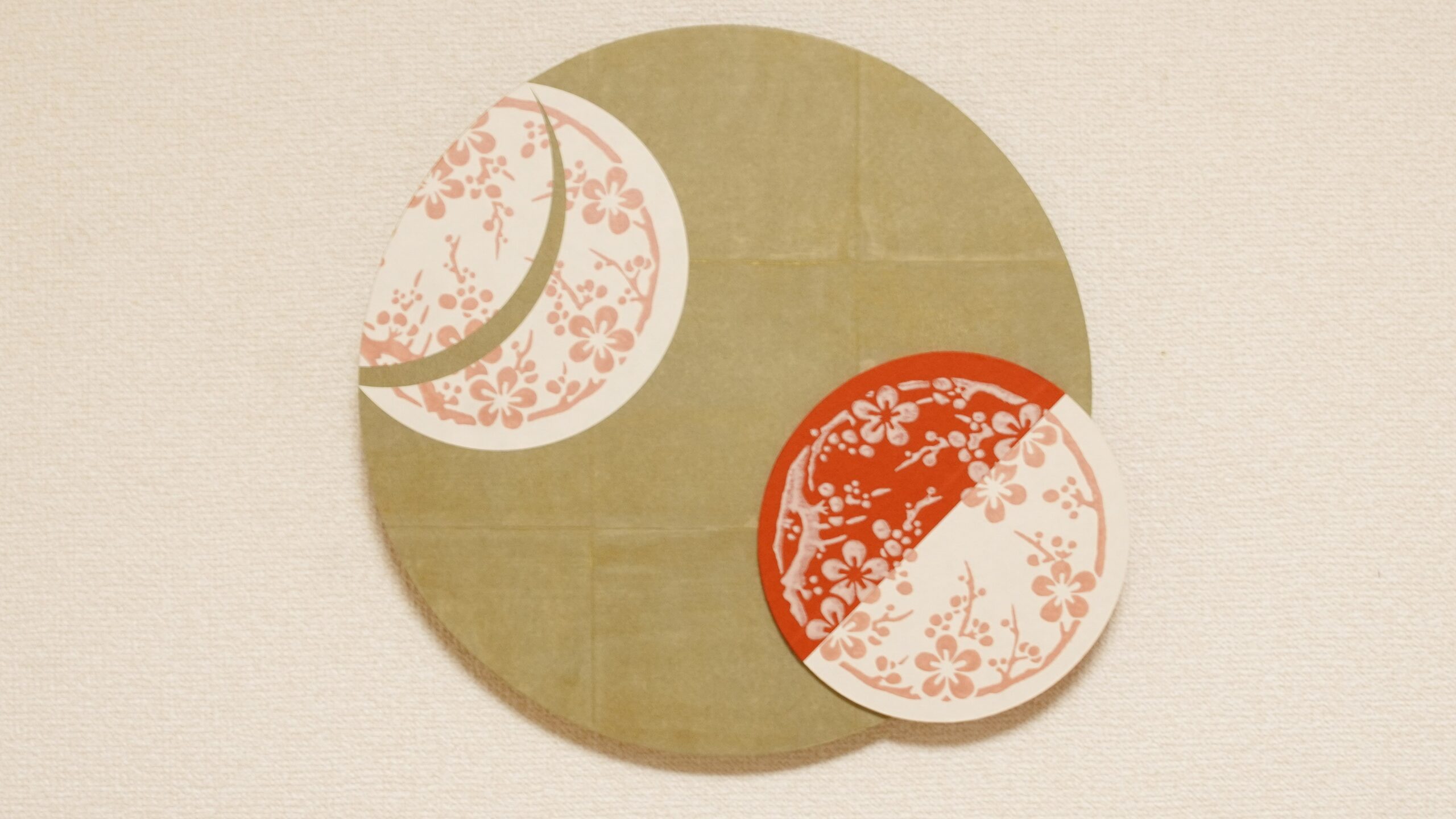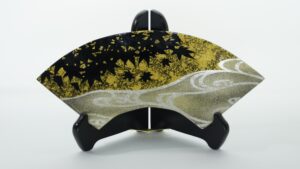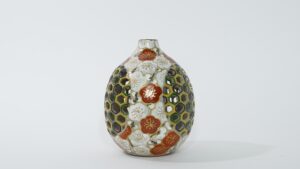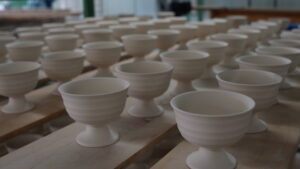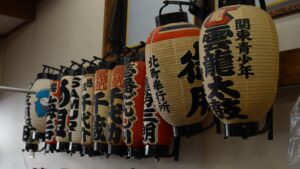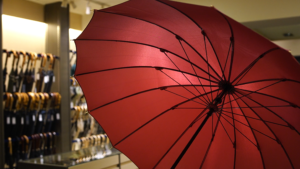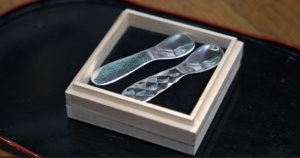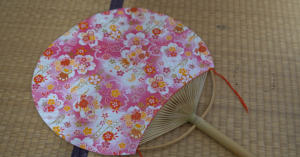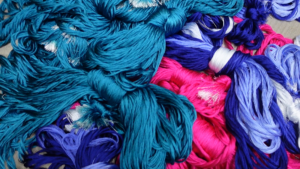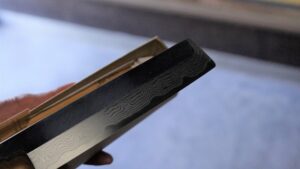Making Process of Kyo-Hyogu
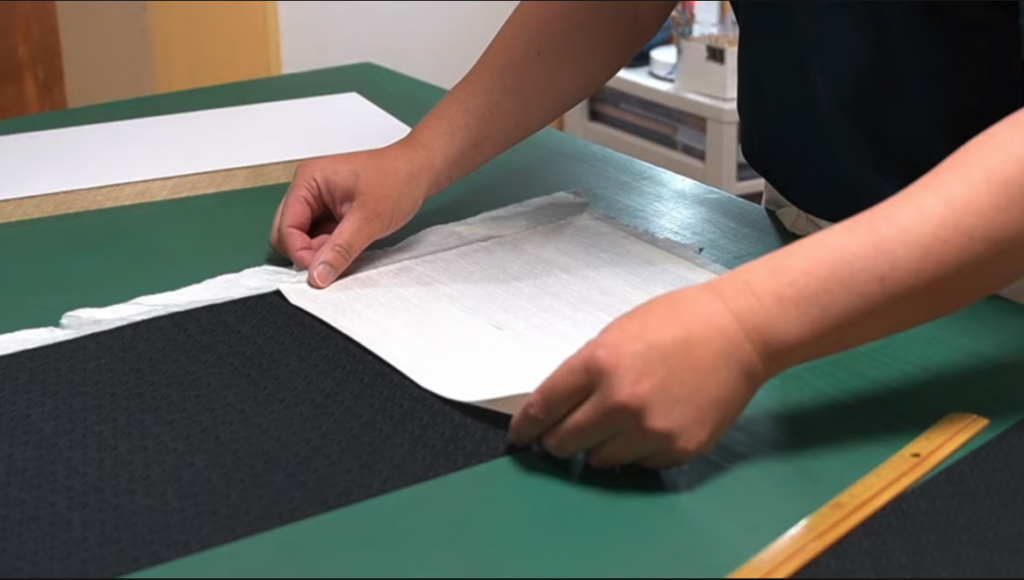
Assortment of fabrics
This is the process of selecting the right materials for the work, such as paper, Japanese paper, and glue, adjusting to the design of the work.
Processing the back side of the paper
The back side of the paper is called ”hada-ura”, which is made up of multiple sheets of paper for Hyogu. The process is very delicate and requires a great deal of concentration.
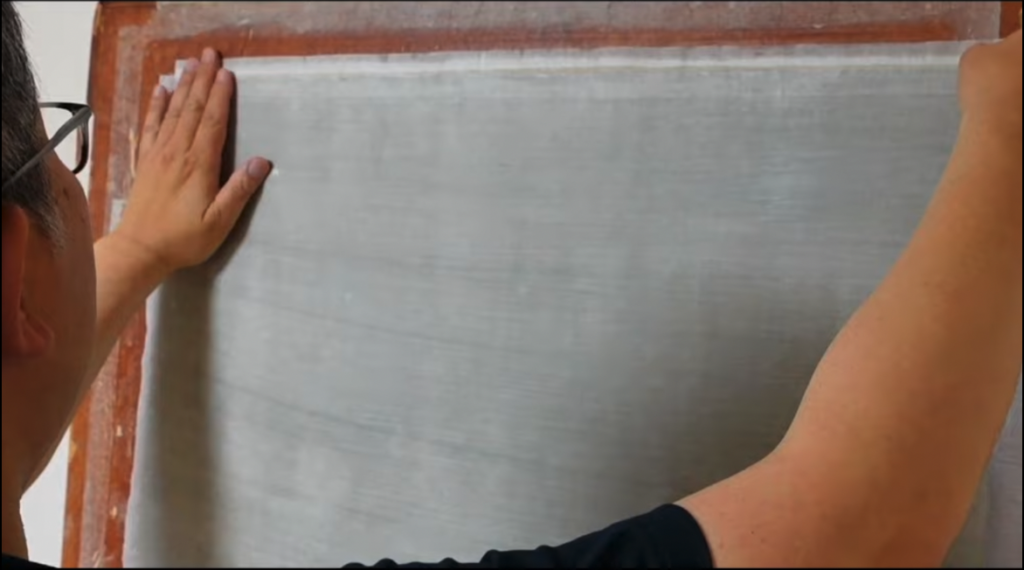
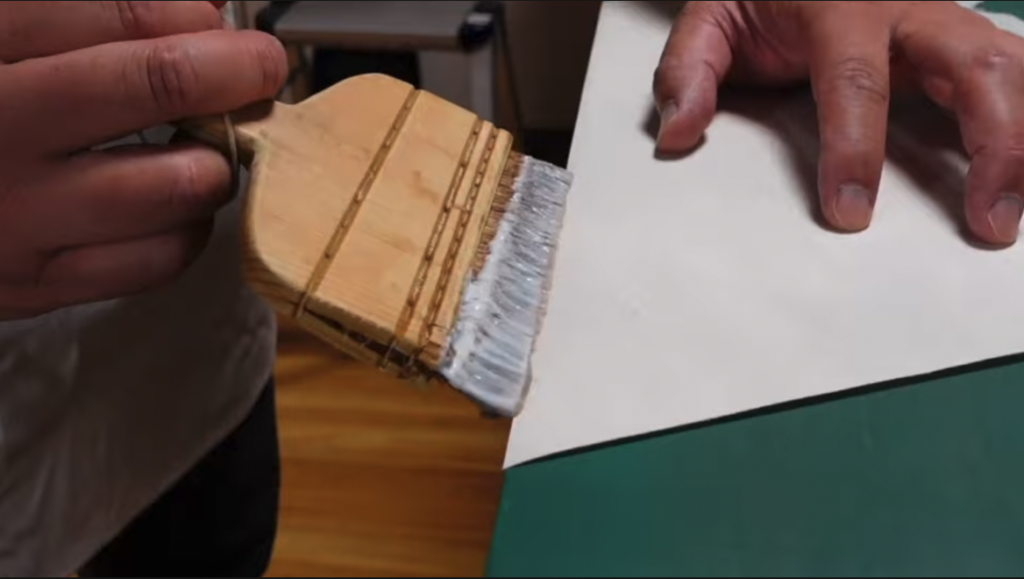
Masi-urauchi (additional lining)
Using a brush, an extremely thin sheet of paper is attached to the surface. This is an important process that increases the strength of the Hyogu by carefully attaching the paper.
You can watch the process of making Kyo-Hyogu Art Panels on YouTube!
Traditional Crafts to Appriciate and Enjoy: Kyo-Hogu
Kyo-Hyogu refers to a craft of mounting pieces of art made in Kyoto Prefecture. They are used primarily for the appreciation of paintings and calligraphy. They are reinforced with finely cut Japanese paper and then decorated. Kyo-Hyogu can be categorized into “byobu” (folding screens), frames, “fusuma” (framed sliding doors), “makimono” (scrolls), and “tsuitate” (screens), in addition to the more commonly known “kakejiku”. Kakejiku and frames are mainly used as interior decorations in Japanese-style rooms, while “byobu”, “fusuma” and “tsuitate” are used as room dividers. The most important characteristic of practical Kyo-Hyogu is its elegant appearance, which has developed along with the history of Kyoto.
In Kyoto, there were many tea ceremony masters and temples and shrines, and the demand for mounting materials from these people was high, and the land was abundant enough to secure the materials to make Kyo-Hyogu. Since Kyoto attracts large number of cultured persons, their tastes were also reflected in the elegant appearance of Kyo-Hyogu.
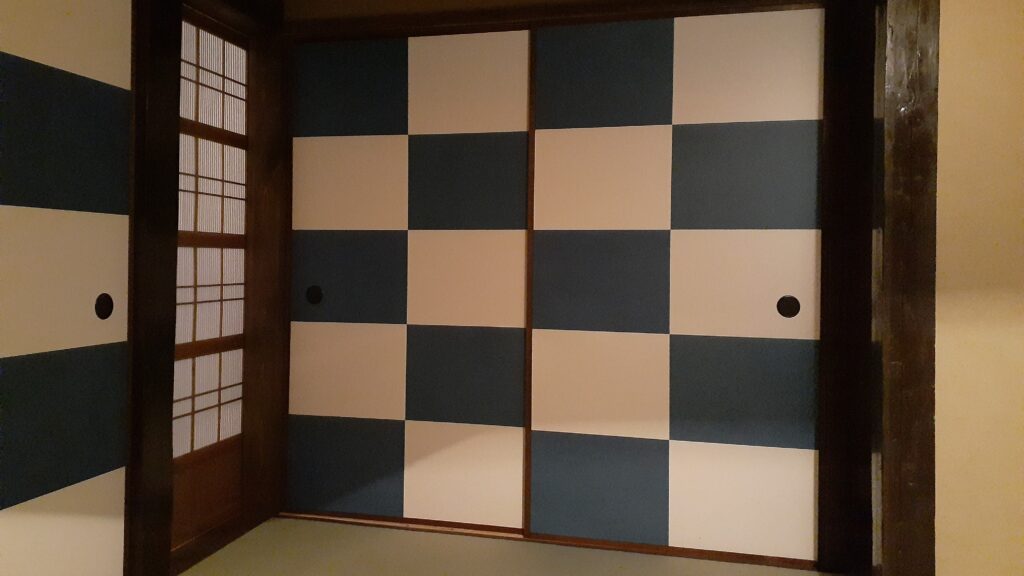
History of Kyo-Hyogu
The origins of Kyo-Hyogu can be traced back to the Heian period (794-1185). Initially, the introduction of Buddhism by China led to the spread of the recoginition of Kyo-Hyogu. Another reason for the popularity of Kyo-Hyogu was the custom of worshipping Buddhist images after the introduction of Buddhism. Later, the design of the Kyo-Hyogu changed along with Kyoto, where is the center of religion, politics, and culture. When alcove rooms came into common use and the appreciation of paintings became popular in Japan, the beauty of calligraphy and paintings were spurred on by the beautiful Kyo-Hyogu. Additionally, after the tea ceremony boom in Muromachi (1336-1573) and Edo period (1603-1867). Elegant Kyo-Hyogu was created so that the atmosphere of the tea ceremony room would not be disturbed. With such a refined design, Kyo-Hyogu was treated as high-class Hyogu, and was recognized as a traditional craft in 1997.
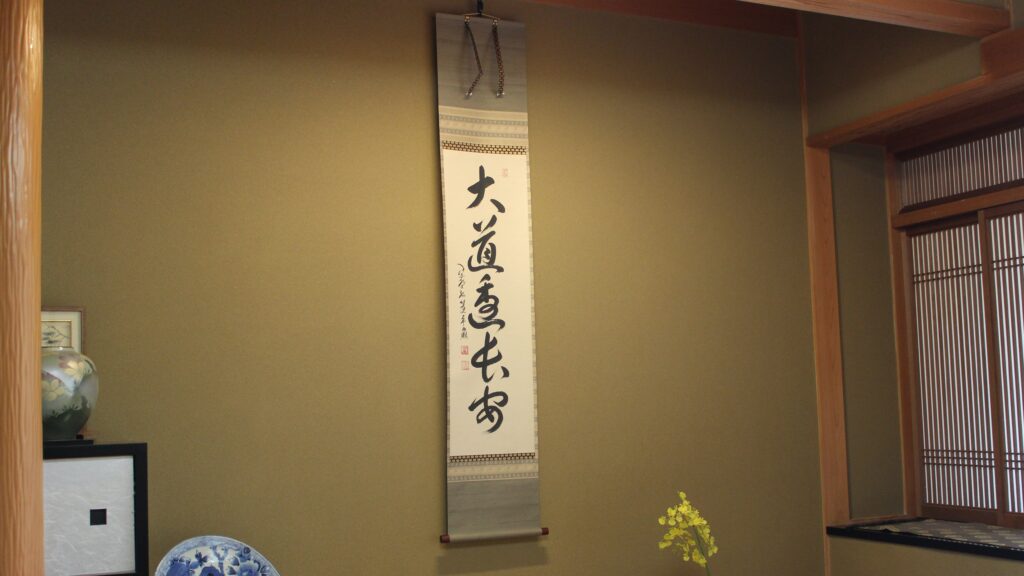
The Art of Tableware recognized in London
These days, not many people have seen Japanese-style paintings with Kyo-Hyogu. One of the reasons for this is that in recent years, more and more people prefer to live in modern apartment complexes and Western-style designed houses and there are fewer opportunities to see classic alcove room. As a result, Hyogu became something that people would not use as interior decorations. However, in a local museum in London, Western-style paintings on canvas were hung on the wall along with Hyogu. When we asked a museum staff about the popularity of Hyogu in overseas, their popularity seems to be increasing year by year. It is because rather than framing paintings to appreciate them, people seem to find it uniqueness / originality to use tablecloths. Kyo-Hyogu can be enjoyed as a work of art. Some people even use it as a relaxing purpose due to its calming coloring. It is now receiving positive reputation not only in Japan but also from the other countries.
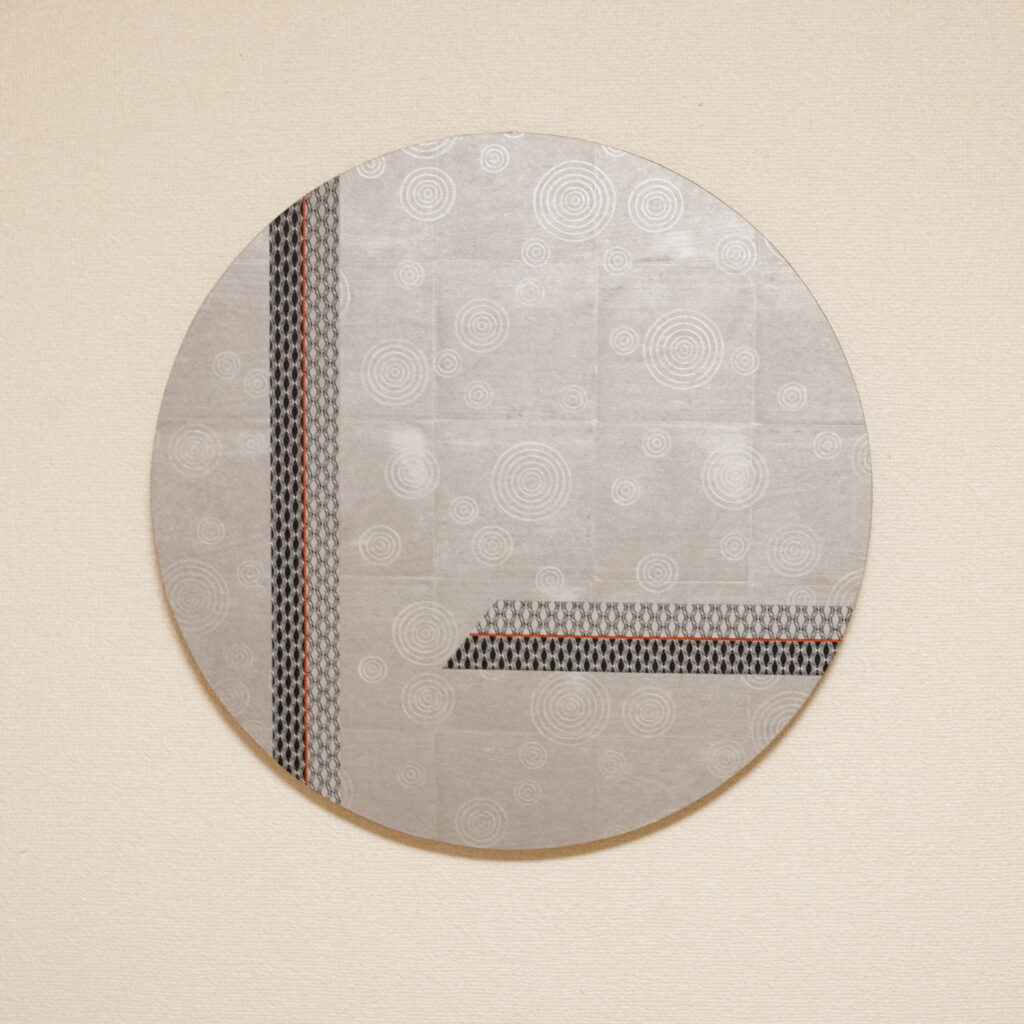
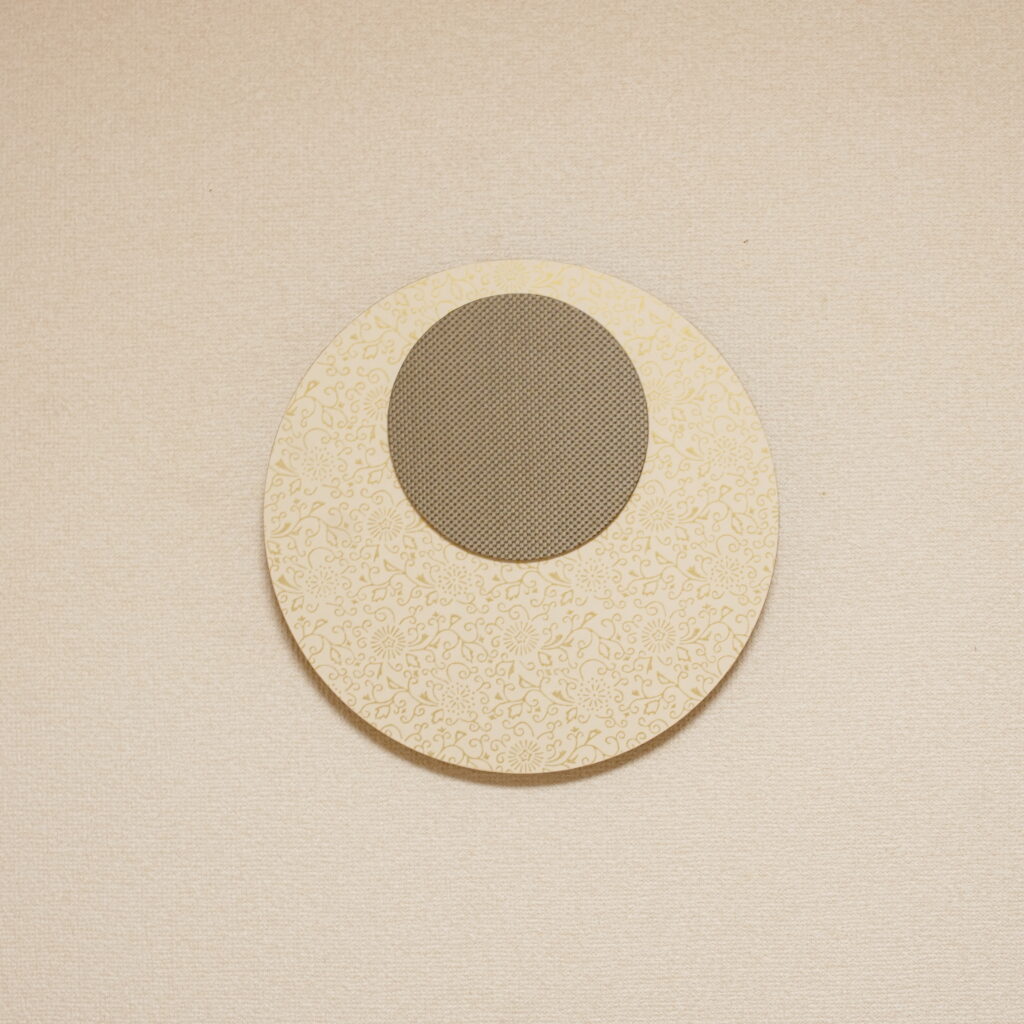
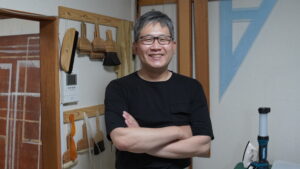
Suigenkyo Online Store
We offer a wide range of products including tableware, accessories, and interior design.
Suigenkyo YouTube
You can see the making process of the products listed on Suigenkyo Online Store.
